Affiliate disclosure: This post may contain affiliate links. Please see our Privacy Policy.
Long before I was a soapmaker, I turned up my nose at melt and pour soaps. That’s not really “soapmaking” is it?
Once I began making my own soap I quickly learned there’s a lot more to soapmaking than lye and oils. The art of choosing colors, shapes, scents, and conditioners is a lot more time-consuming than bringing a batch of homemade soap to trace.
Now I know better. Melt and pour soap is a great place to learn the art of soapmaking, and without having to deal with the safety gear and fumes associated with lye.
Melt and Pour Soap Base
The first step to making melt and pour soap is choosing a base. There are a lot of options out there, especially as easy handmade crafts are becoming more commonplace in home kitchens. Thus far, I’ve had good experiences with the natural soap bases from Our Earth’s Secrets, and I used their Goats Milk Soap base when I made melt and pour goats milk and honey soap bars.
A clear glycerite soap base is great for adding colors for unique transparent soaps and works especially well for kid’s soaps where there’s a hidden treasure inside.
Here are a few other melt and pour soap base options:
- Shea Butter Soap Base
- Honey Soap Base
- Oatmeal Soap Base
- Olive Oil Soap Base
- Aloe Vera Soap Base
- Coconut Milk Soap Base
Most melt and pour soap bases, with the exception of goat’s milk versions, are vegan and don’t contain animal-based products like tallow. If that’s a concern for you, be sure to check the ingredients lists on the particular soap base you hope to use.
Heating Melt and Pour Soap
Regardless of the soap base you choose, the first step to making your own melt and pour soap is chopping the soap base into small pieces. This helps the soap melt evenly and quickly. Chop the melt and pour soap base into small pieces, roughly 1cm (1/2in) cubes.

It’s critical that the melt and pour soap base is melted with a slow, gentle heat to prevent burning. While you may be tempted to just toss the soap base into a pot on the stove, or pop it in the microwave for 5 minutes in one go, those are quick ways to ruin your soap. It’s really hard to ruin melt and pour soap, but burning it will do it every time.
Soap bases melt at around 120 degrees, so it doesn’t take much to melt them. If you’re using a microwave, melt the soap base in 30-second increments and stir in between each session. That helps distribute the heat and prevents burning.
Or, if you’re living back in the stone age like I am, and don’t have a microwave, a double boiler on the stovetop works just fine. Put a bit of water into a saucepan and place a heat-safe bowl on top. Bring the water to a low simmer and the steam below the bowl will gently melt the soap base.

Regardless of whether you’re using a microwave or stovetop to melt the soap base, it happens quickly. After about 2 minutes over simmering water, my soap base was about 80% melted.
At this point, turn off the heat and begin stirring. This will allow the last bits to melt with residual heat, and keep the soap at a nice low temperature making it easier to work handle.
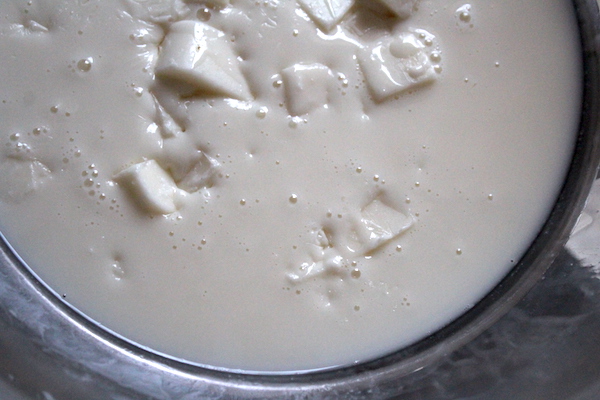
Once the soap base has been gently heated, it’s time to incorporate add-ins and fragrances and then pour it into a soap mold of your choice. Let it sit for about an hour to cool and firm up, and then the melt and pour soap is ready to use. Simple as that.
Choosing the additives, colors, and scents is what makes a batch of soap unique, here’s some guidance and inspiration for your own unique soaps…
Melt and Pour Soap Additives
Once the soap base is completely melted, it’s time for the fun part! Here’s where you get to be creative and decide on add-ins to make the soap your own personal creation. This is where you get to add skin conditioners, colors, scents and exfoliants.
Soapmaking Colors
This is where an elementary school color wheel comes in handy. White soap bases tend to have a pastel hue no matter how much soap colorant is added, while clear soap bases will show brighter primary colors. How much colorant to add depends on the type of colorant you’re using, so read the instructions carefully.
Only use colorants designed specifically for soaps. They’re skin safe, and they won’t bleed, fade or cause skin reactions.
Avoid using food coloring, melted crayons and just about anything else you think might work. Just don’t.
Soapmaking colorants come in two main types, dry powdered mica colorants and skin-safe liquid soap colorants. Both are absurdly cheap and $10 will get you way more than you can use without some serious soapmaking dedication. It’s really not worth it to try to cheap out and use food coloring here, not when the right product is so inexpensive.
Soapmaking Fragrance
I’ll admit, I’m not one for strongly scented soaps. I like just the mildest hint of fragrance in my soaps if I add any at all.
Just like with colorants, avoid adding anything designed for candles or potpourri, that’s not going to be skin safe. Try gentle essential oils that are safe to apply in low concentration to the skin, such as Lavender Essential Oil or Orange Essential Oil.
Soapmaking guides say to add no more than 0.3 to 0.4 ounces of fragrance oils to a pound of melt and pour soap base, but exactly how much to add depends on the scent and your tastes. To me, 1/3 of an ounce is a lot of fragrance and way more than I’d ever use. I max out somewhere between a few drops to .1 ounce at most, but that’s my preference.
Soapmaking Oils & Skin Conditioners
Adding a bit of extra oil to a soap base helps create a nourishing soap that will help condition as it cleanses. The trick is to add enough to have an impact without adding so much that it makes the soap soft or greasy. For your first batch of melt and pour soap, either avoid adding additional oils or be very conservative.
In general, don’t add more oils than 1 to 3% of the total weight of the soap. For example, with 10 ounces of soap, you’d add no more than .3 ounces of additional oils. A tablespoon of oil weighs just under .5 ounces, which is the most you should add to a pound of melt and pour soap.
Other additives, like honey, also help to condition skin and you should follow a melt and pour soap recipe to get rough measurements if you’re experimenting with more exotic soap additives.
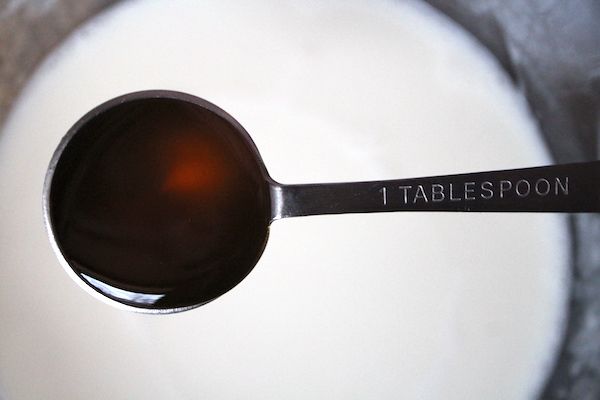
Solid Soapmaking Mix-Ins
Mix-ins like oatmeal, lavender, poppy seeds can be fun to add to soap. They add a bit of gentle exfoliation and help make a bar of soap unique and eye-catching. As you start, be conservative with solid additions because adding too much can prevent the soap from holding together.
Soapmaking Molds
Since you can use a soapmaking mold over and over again with many different batches of soap, they’re a great investment for future crafting. A creative shape can turn a really basic soap into an eye-catching gift with no other add-ins or fragrances needed. I use this round silicone honey bee mold for making solid lotion bars that fit nicely into extra-large salve tins, but as you can see below it also makes a beautiful batch of melt and pour goat’s milk and honey soap.
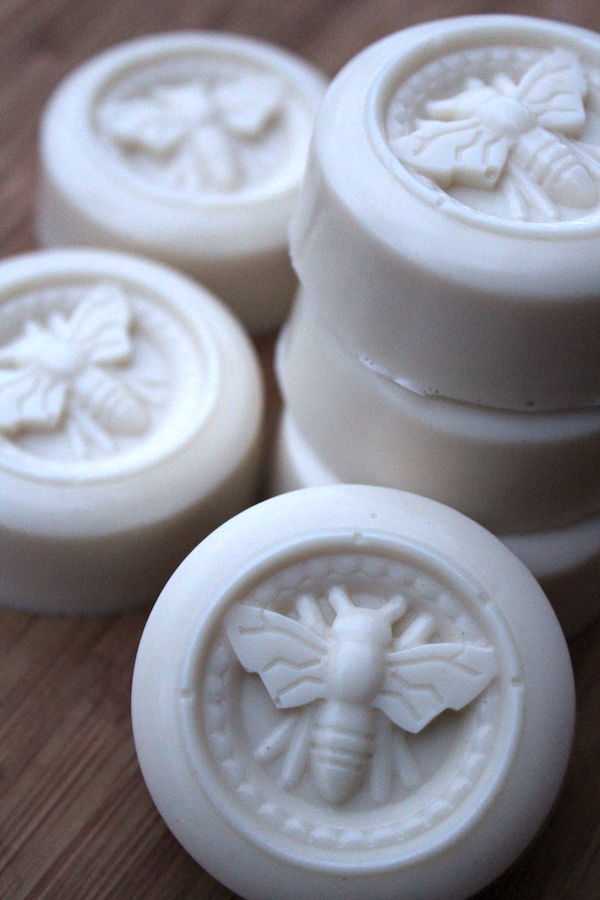
There are a lot of creative soap-making molds to choose from, and generally, they’re under $10 each. Most are made of durable heat-resistant silicone and will last a lifetime. The sky’s the limit, and there are literally hundreds of unique soap molds to choose from.
Making Melt and Pour Soap
Ok, let’s review.
- Melt the soap, carefully and slowly to prevent burning.
- Choose fragrances (if using), adding no more than .3 ounces per pound.
- Choose skin conditioners (if using), adding no more than 1-3% of the weight of the base (about 1 Tbsp. per pound)
- Choose exfoliants (if using) like oatmeal, fresh herbs or hunks of loofa sponge.
- Add in any mix-ins to the melted soap base and pour into molds
- Allow the soap to harden for about an hour
That’s all you need to get started making your own melt and pour soaps!
Advanced Melt and Pour Soapmaking
Once you’ve got the basics down, the sky’s the limit. Or, more accurately… your imagination’s the limit. Melt and pour soaps allow you to make just about any type of inventive soapmaking project you’d like, without having to deal with lye.
You’re basically starting at what soapmakers call “trace,” when the lye has reacted with the fats in a soapmaking recipe and you have a liquid soap base. Whether it’s melt and pour or regular lye-based soapmaking, the next steps are up to you.
The best resource I’ve seen for melt and pour soapmaking inspiration is the book Easy Homemade Melt and Pour Soaps by Jan Berry.

I love Jan’s work, and I’m a big fan of all her soapmaking books. The melt and pour soap-making recipes in Easy Melt and Pour Soaps will keep you crafting for years, and I can’t stress enough how much I love it.
Jan really takes something so simple as melt and pour soaps and elevates it to high art. Adding in layers, colors, nourishing oils and herbal botanicals…along with some of the most creative and stunning shapes and presentations imaginable.
More Homemade Body Products
Looking for more super easy homemade gifts? Try making any of these…

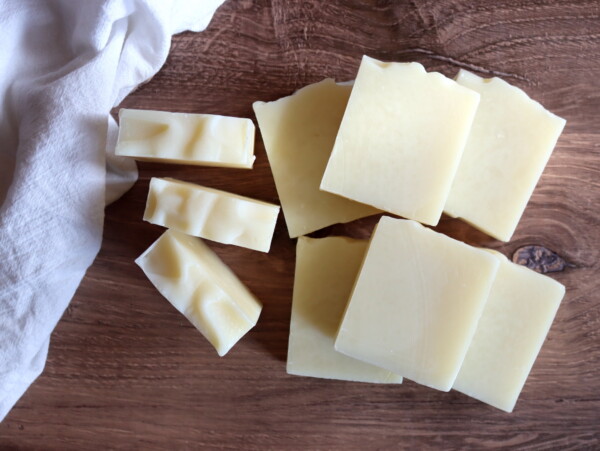
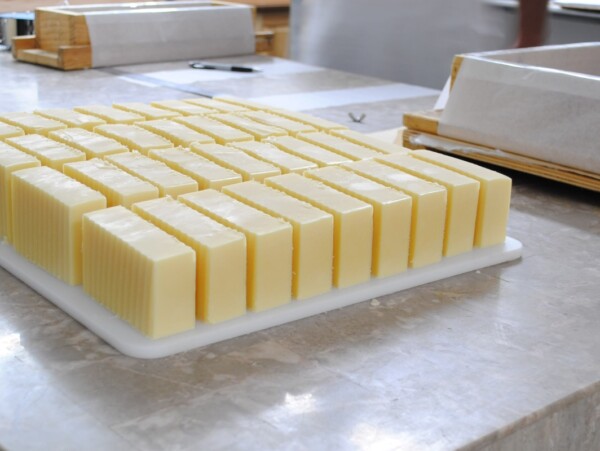
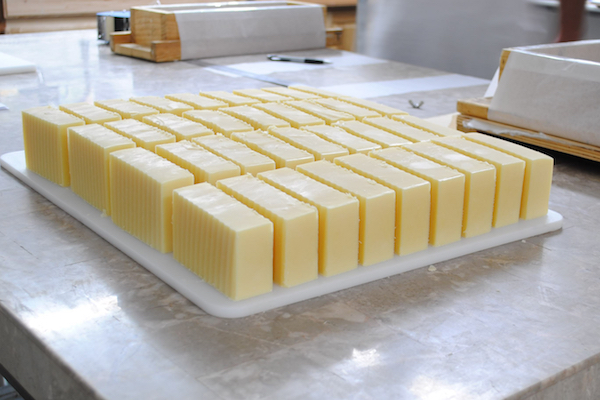
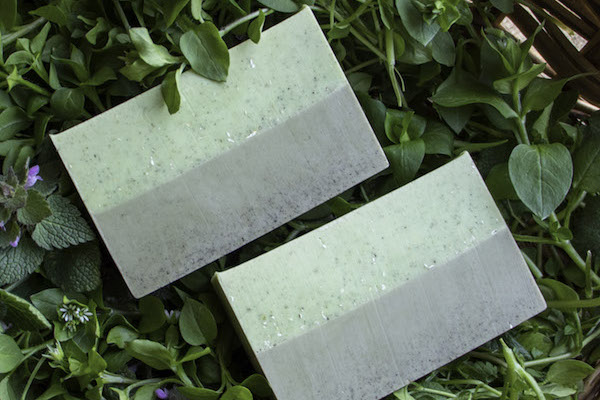





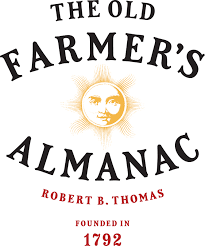

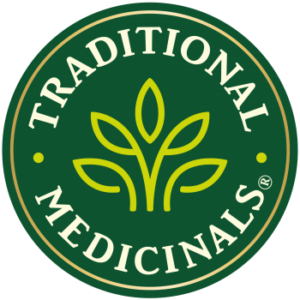

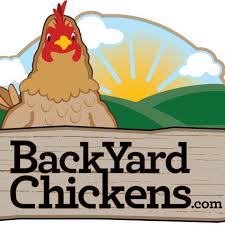
I love the melt & pour soap. I am just that lazy…lol. All the hard work is done for you. You can even make shampoo from this soap. I wash hands, shampoo my hair and bath in this soap. It’s all in where you buy it from. Just have to check to make sure you are getting pure ingredients.
How to I convert 3/4lbs of goat milk soap to liquid form to how many cups
Is this cold processed soap or is this a melt and pour soap base?
How do I figure out how many cubes of my goat milk soap to convert 3/4 lb. Of soap to cup measurement
I’m sorry I don’t have any idea how you can make that conversion.
Hello I have added too much almond oil to my honey melt and pour soap and too much liquid dye and although the soap is now dark purple nearly black it looks fine however it has a very slippery feel, Can I fix this by remelting and adding a second lot of undiluted melt and pour and a product which will stop the slippery feeling and give it more foam and a lighter colour?
Yes, I would just add some more melt and pour until you get the correct ratio.
How do i make a bodywsh out of a soap base ?
If you’re wanting to make a liquid body wash, I would use a liquid castile soap for your base rather than trying to use a melt and pour soap base. You can follow the same directions that are on this herbal shampoo post https://practicalselfreliance.com/herbal-shampoo/
When it comes to melt and pour soaps, i tend to add more than 1 oil, ranging from, coconut and palm oil, all the way to castor oil. Is that .3% per pound go for all of my ingredients that I put into my soap? How can I calculate, how much of each I should put in, in order to get the best results? All I’ve done so far is learned by trial and error, and I’ve tested the soap on myself, and others who are will to give me feedback, and i have exceeded the .3% of all my oils and ingredients put together, and i still came out with a soap that works, that is hard, and has helped with different skin types. Why is it only .3%?
Just to clarify your question, are you referring to the addition of optional skin conditioners at 1 to 3%?
When I melt down my extra soap pieces and add essential oil to it (lavender) the hardened results separate into two separate levels. The top level is gooey and jelly-like, while the bottom level is the hardened soap. Help! What am I doing wrong? Plus, how do I turn this into a liquid soap that i can pour into a soap pump?
Thank you for any help you can provide.
How to Make Melt and Pour Soap ~ Easy Soapmaking
When you say that you melt down your extra soap pieces, are you referring to a melt and pour soap base as described in this article or are you trying to melt down cold processed soap pieces?
Hi, I am new to melt and pour and found this post very helpful. If i make a layered soap do you let each layer fully set before adding the next layer? Thanks
You can wait just a few minutes until it sets up partially, or allow it to set up fully, either way.
If I may add…….. from what I’ve learned, be sure to spray your 1st layer with alcohol before adding your 2nd layer to help it adhere together properly.
Hai. Why soap base is melt when heating?. cold processed soap not melt like soap base. Any science?
Melt and pour soap bases have added glycerin in them which is what makes them meltable.
In my researching before I begin making my own soap bars, I found some that use a slow cooker or crock pot for melting. I also have a friend who frequents garage or yard sales. I have asked her to keep an eye out for those items at cheap cheap prices!! Since you wouldn’t want to reuse for food after melting soap, I can keep them just for that! Even getting more than one for different projects or multi-colors. Of course I’ll need ladles because you can pour from them. I can’t wait to get started!!!!
Old crockpots are easy to find at yard sales. I found mine this way. I love using my crockpot for hot processed soap.
I am getting lots of air bubbles in my soap and almost a froth on top when it melts how do I get rid of this??
Are you heating it too quickly or at too high of a temperature maybe?
Try spraying the top of the soap with rubbing alcohol immediately after pouring the melted base into the mold.
It’s so informative for beginners like me.
Which fragrant oil to add in Shea butter goat milk soap
Lavender would be a really nice and gentle scent in that soap.
Can I remelt overheated melt and pour soap after it’s cooled and set?
I know you can continually re-melt it…but I’ve never overheated a batch so I don’t know how that changes it. I’d imagine it’d damage it and you wouldn’t be able to re-heat it and save it, but I don’t know that for sure. Try it?
Ive been trying to use the Shea butter base and use a double boiler. I’m doing it on low and cutting the soap into small chunks but it keeps seizing up in seconds before I can even add anything. What could I be doing wrong? It took almost an hour to melt it and still seizing.
Hmm, have you tried heating the water in your double boiler until boiling and turning it off before melting your shea butter?
Can I use Epsom salts to make soap?
Honestly, I don’t know much about this. I know people do use salts in soaps, but it affects the hardening of the soap, and I don’t know much about the chemistry there. I’d say look for a tested recipe if you want to try it.
I tried the goatsmilk and oats melt and pour recipe. Ive added a teaspoon honey and a tablespoon glycerine to 283grams soap base.
But my soap has no lather, how come is that? Please help!
It might be the base that you’re using. Different oil formulations in the base will give different lathering qualities.
I know we’re not supposed to add an abundance of fragrance, and I add the max, but my soaps don’t seem to have the fragrance I am looking for??? What am I doing wrong?
I just go by what my nose tells me. Everyone has their own preference. Just remember to add a little at a time until you get the amount of scent you like. Your nose knows. Good luck!!
Its important to use 100% pure essential oils. I purchased a 4 oz bottle of Peppermint E.O. (approx $10.00) and thought it smelled great. Then I bought a .05 oz bottle of Peppermint Oil at a local health food store for $8.00 and the scent was outstanding. No doubt the 4 oz brand contained mostly carrier oils, but the small, .05 oz contained only pure peppermint oil. In the end at all worked out because I decided to use the inferior brand for making air fresheners for our cars and even used some to mop my kitchen floor. I used the pure peppermint oil for making soap and other, personal beauty care products. IMO, if we’re going to take the time and trouble required to make any homemade products, it’s always best to use quality ingredients from the start.
I have little dots of color on the top of my soap why did it not mix up all the way and what can I do now it’s a goats milk melt and pour and it was a powder color added
Try re-melting it down slowly and mixing really thoroughly, then putting it back into the molds. The other thing to do is spritz the top of the soaps with rubbing alcohol when you put them in the molds, which helps with bubbles and other cosmetic issues that can occur sometimes.
Thank you so much for all the information you are sharing with us, blessings to you.
can I add coconut milk or even charcoal to the soap ? how do I do so?
Can I add shea butter in these soaps?
If so how should I add please say the method & proportion
Thank you
I did a bit of research for you, and yes you can! Just add 1 to 2 tbsp of shea butter (or cocao butter, mango butter, etc) to 1lb of soap base as it melts in the double boiler. Then stir it in once it’s melted and keep going with the rest of the recipe.